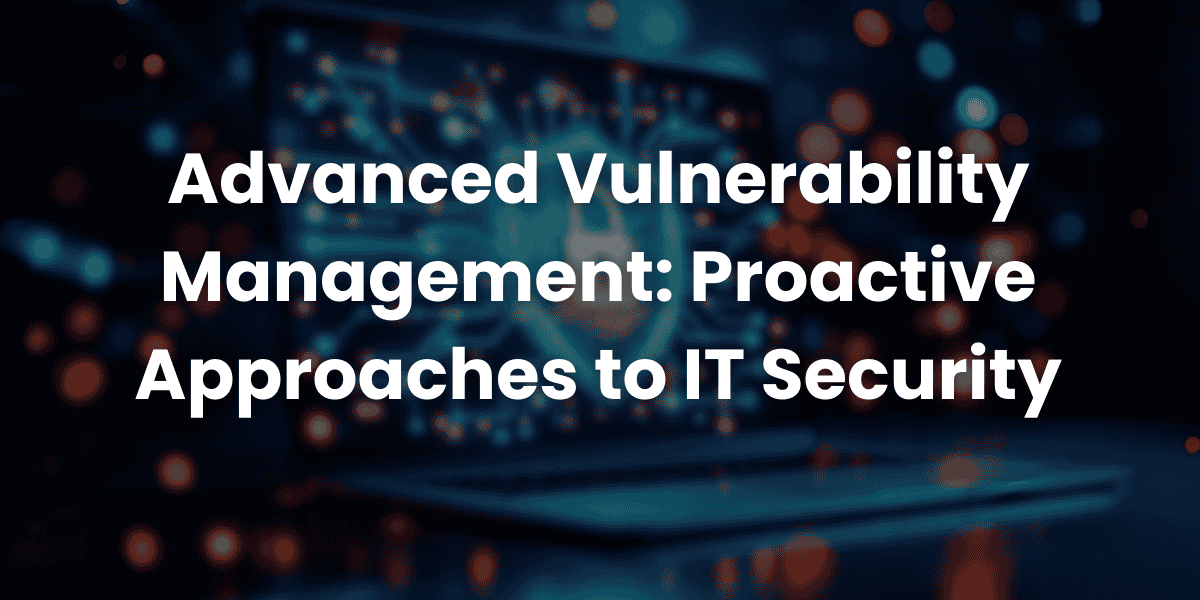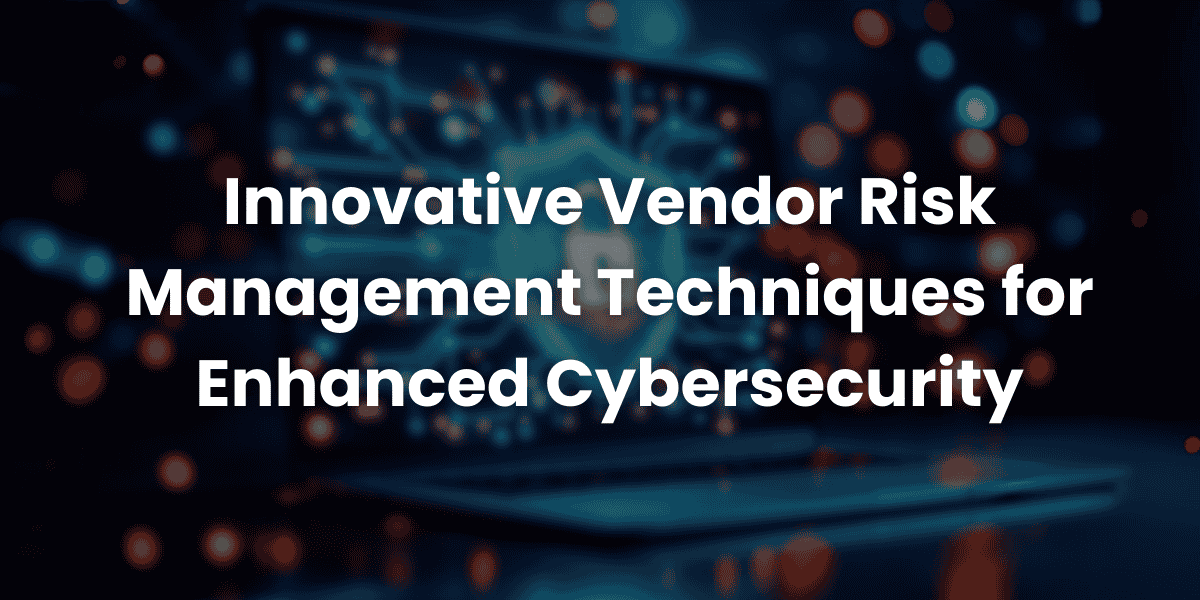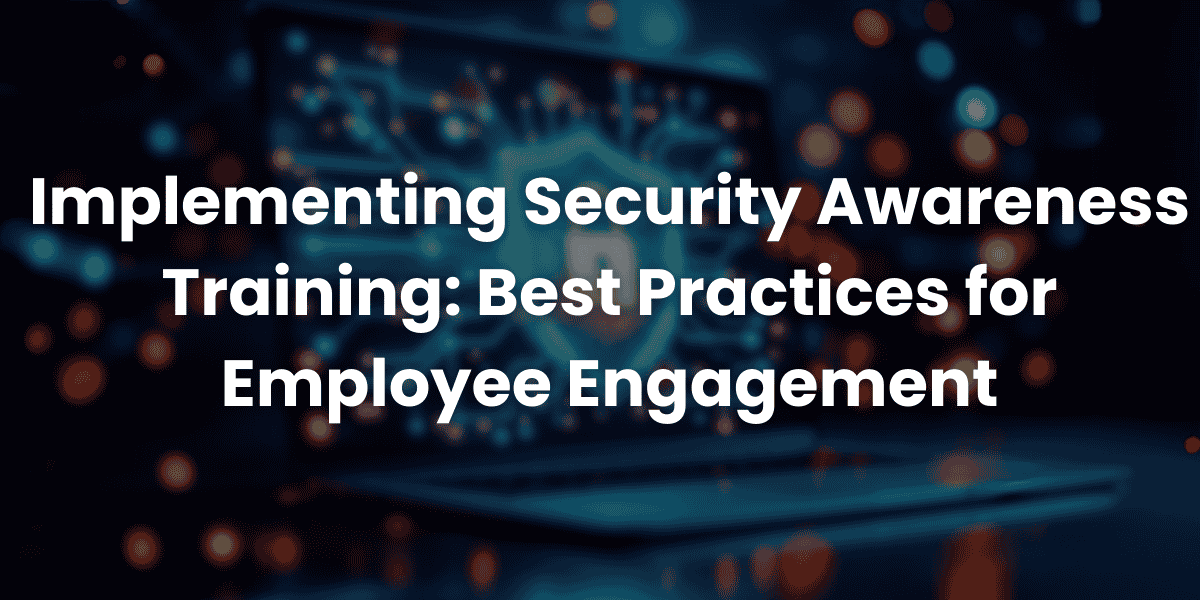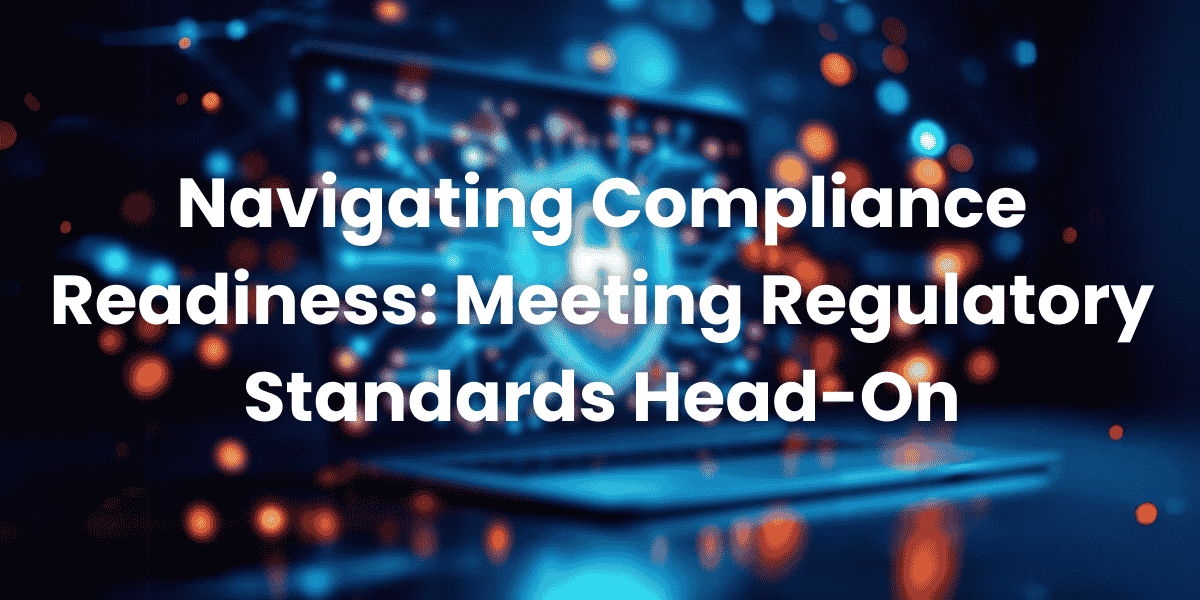In an era of rapidly evolving cyber threats, organizations must design a resilient security architecture to protect their digital assets and ensure business continuity. A well-designed resilient security architecture not only defends against current threats but also anticipates future challenges. This article outlines the key principles and strategies for building a resilient security architecture that can withstand emerging risks in 2025 and beyond.
Why Is a Resilient Security Architecture Essential?
A resilient security architecture is the foundation of a robust cybersecurity strategy. It ensures that your organization can detect, respond to, and recover from attacks with minimal disruption. In 2025, as cybercriminals adopt more advanced tactics, a resilient security architecture will be critical for safeguarding sensitive data, maintaining customer trust, and ensuring compliance with regulatory standards.
Principle 1: Adopt a Zero Trust Model
The zero trust model is a cornerstone of a resilient security architecture. Unlike traditional perimeter-based security, zero trust assumes that threats can originate both inside and outside the network. By implementing strict access controls, continuous verification, and micro-segmentation, organizations can reduce the attack surface and enhance their resilient security architecture.

Principle 2: Leverage Cloud-Native Security Solutions
As organizations increasingly adopt cloud technologies, integrating cloud-native security solutions into your resilient security architecture is essential. These solutions provide scalable protection for cloud environments, enabling real-time threat detection and response. A cloud-first approach ensures that your resilient security architecture remains agile and adaptable to future needs.
Principle 3: Implement Layered Defense Mechanisms
A resilient security architecture relies on layered defense mechanisms to protect against multi-vector attacks. This includes firewalls, intrusion detection systems, endpoint protection, and encryption. By combining multiple layers of security, organizations can create a robust barrier that is difficult for attackers to penetrate, strengthening their overall resilient security architecture.
Principle 4: Integrate Threat Intelligence Platforms
Threat intelligence platforms play a vital role in enhancing a resilient security architecture. These platforms aggregate data from various sources to provide insights into emerging threats and vulnerabilities. By integrating threat intelligence into your resilient security architecture, you can proactively identify and mitigate risks before they impact your organization.
Principle 5: Automate Security Operations
Automation is key to building a resilient security architecture that can respond quickly to threats. Automated tools can handle repetitive tasks such as monitoring, patching, and incident response, freeing up human resources for more strategic activities. By automating security operations, organizations can improve efficiency and reduce response times within their resilient security architecture.
Principle 6: Prioritize Data Protection and Privacy
Data is one of the most valuable assets for any organization, making it a prime target for attackers. A resilient security architecture must prioritize data protection through encryption, tokenization, and secure storage practices. Additionally, adhering to privacy regulations ensures that your resilient security architecture aligns with legal requirements and builds customer trust.
Principle 7: Conduct Regular Architecture Reviews
Cybersecurity threats are constantly evolving, which means your resilient security architecture must evolve as well. Conduct regular reviews to assess the effectiveness of your security measures and identify areas for improvement. By continuously refining your resilient security architecture, you can stay ahead of emerging threats and maintain a strong security posture.
Principle 8: Foster a Culture of Security Awareness
A resilient security architecture is only as strong as the people who support it. Fostering a culture of security awareness ensures that employees understand their role in protecting the organization. Training programs, workshops, and simulated attacks can reinforce the importance of adhering to the principles of a resilient security architecture.
Principle 9: Align with Business Goals
To maximize the value of your resilient security architecture, it must align with your organization’s strategic goals. This involves collaborating with stakeholders to ensure that security measures support business objectives without hindering innovation. A well-aligned resilient security architecture fosters resilience and drives long-term success.
Principle 10: Plan for Incident Response and Recovery
No resilient security architecture is foolproof, which is why planning for incident response and recovery is essential. Develop a comprehensive incident response plan that outlines steps for containment, investigation, and remediation. Additionally, implement backup and disaster recovery solutions to ensure business continuity in the event of an attack.
Contact Us for Expert Guidance on Resilient Security Architecture
At CISO Canada, we specialize in helping organizations design and implement a resilient security architecture tailored to their unique needs. To contact us, please use this link. Reach out to us today to learn how we can assist you in building a secure and future-ready cybersecurity framework!
For cyber security and privacy consultation services, you can also visit Cyber Electra to get more information.






